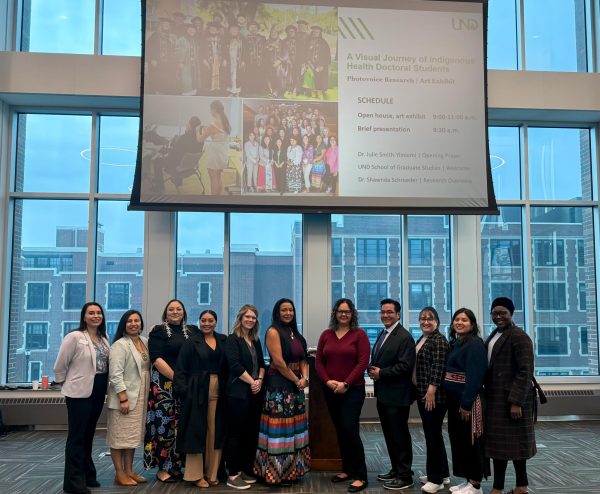Gender crime related reports on the rise
Despite numerous nationwide initiatives taken in recent years, there is still a strong stigma attached to Title IX and all it entails, but evidence suggests the efforts are not entirely fruitless.
In the last four years, Washington D.C. has focused more energy on clarifying exactly what Title IX means and educating schools across the country on how to interpret the law.
Established in 1972, Title IX was originally meant to even out the playing field with sports.
Title IX is a law passed in 1972 that requires gender equity for boys and girls in every educational program that receives federal funding.
For years, the law was understood as something put in place that would affect only athletics, but as sexual violence has become more prevalent, more officials have taken an active role in increasing awareness and resources available to students, faculty and staff.
Although the majority of professors asked declined to comment on Title IX matters, Donna Smith, director of UND’s Equal Employment Opportunity Affirmative Action office, (who has given several educational lectures on the matter), said she has seen an increase in action taken by professors around campus, as they are required to file a report to the Title IX coordinator upon hearing about an act of sexual violence.
“I have seen an increase in reporting from professors and other staff members,” Smith said.
Smith also said this doesn’t necessarily mean the number of acts is increasing, but just that more people are coming forward now.
“I don’t think this is because there have been more incidents,” Smith said. “I think we’re just getting more reports. Some of the reports are of incidents that did not happen recently but for one reason or another are being reported now. We still want to make sure those individuals have the support and resources they need.”
With encouragement from Smith and other officials, some professors have started including Title IX policies in their syllabi as a means of increasing awareness.
This includes information about where students experiencing sexual violence, harassment, or discrimination can get help, as well as indicators often exhibited by those affected by these behaviors — so fellow students and faculty are better able to identify those in need of assistance.
“The faculty were strongly encouraged to include language addressing Title IX on their syllabi,” German professor Thyra Knapp said. “I included the language provided by the university on all of my syllabi this semester and hope that its presence will encourage students who need help to reach out and get it.”
Getting the facts straight
Although UND’s 2014 Clery Report shows a decrease from eight reported sexual assaults in 2011 and seven in 2012 to five in 2013, this doesn’t necessarily mean less incidents are taking place.
A common misconception around campus is that a report will be filed regardless of where a student, faculty or staff member goes to talk. Community Violence Intervention Center, University Counseling Center and Student Health are all places that will listen, and none of them are obligated to file reports.
If Smith, the campus Title IX coordinator, receives a report of sexual violence involving a student, she informs the dean of students, who then reaches out to the individual and informs him or her about the support options available, and also about the class and housing accommodations that can be made to make the individual feel safer and in control.
If a person who has experienced sexual violence goes to the CVIC, University Counseling Center, or Student Health Services for assistance, there will be no report of the sexual violence to the Title IX coordinator or the Dean of Students Office, unless the individual wants to make a report.
A filed report does not mean the student’s name will be released to the public or that the aggressor will be approached, it simply means the student will be included in the aggregate number of reported sexual violence incidents accessible in the annual Clery Report. Students always have the option to pursue further legal action, but are not obligated to do so, and can remain anonymous while still seeking out support.
Other Obstacles
Aside from the stigma surrounding the topic as a whole, there are other issues that have surfaced.
While the majority of sexual violence victims are women, there are likely many male victims out there that don’t get reported.
“Some figures show that about 10 percent of reported sexual assaults in the U.S. involve male victims,” Smith said. “Men are also more likely than women not to report sexual violence … very few men come in.”
As the entire country works to unearth the truth about these issues, the number of people talking about sexual violence continues to increase and ultimately makes the topic less taboo.
“The way to reduce the stigma is through education to change the way our society thinks about and reacts to sexual violence. Those types of changes require everyone’s support and don’t happen overnight.”
Marie Monson is a staff writer for The Dakota Student. She can be reached at marie.m.monson@my.und.edu.








